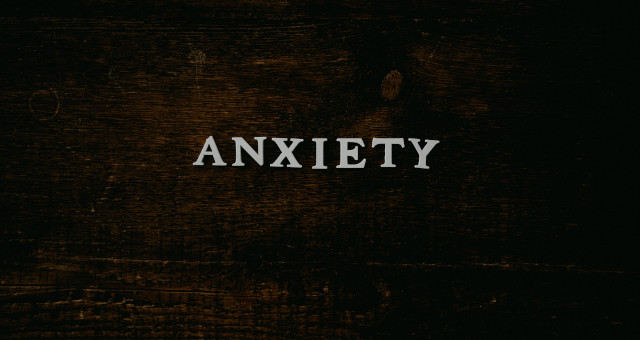
Some fear responses or anxiety in life are normal, but when it begins to overwhelm us and impede our sense of joy and well- being, then it can become a controlling and paralyzing “bully.” In fact, I often call anxiety “the Worry Bully!” The feeling of anxiety can often be traced to thoughts that feed the anxiety, and when anxious thinking overtakes our lives, we may feel stuck. Nothing seems to work to make the anxiety go away. We may even work harder to avoid the things that seem to “trigger” the anxious feelings or try substances to medicate ourselves so we don’t feel the effects of anxiety. Sound familiar? If so, there is help and there is hope to be rid of “the Worry Bully!” There is LIFE without the constant barrage of anxious thinking and the resulting increased fears and physical symptoms that often accompany anxiety (stomach problems, headaches, rapid heart rate, sweaty palms, tingling, numbness, loss of concentration, etc). With help, people who suffer from anxiety can gain tools to defeat the Worry Bully! They can shake free of anxiety’s paralyzing grip and regain control of their lives again. They can meet life’s challenges with confidence and courage and … JOY!
Cognitive Behavior Therapy (CBT) is a research based, and proven, effective therapy to treat anxiety. CBT starts with and focuses on the present. Sometimes, however, therapy may need to shift to the past if the client is suffering from depression or trauma. In these cases, it is important for the client with the help of a therapist, to look at the past and discern if current anxieties are related to past trauma. It is also important to identify any distorted core beliefs that came may be rooted in past and then develop healthy strategies to deal with these going forward.
CBT is then used to address current anxieties. A CBT therapist teaches clients how to challenge automatic thoughts and beliefs that lead to the anxious feelings. Anxious thoughts cause a fear response in our brain and bodies. This is important in survival situations. For example, in the case of figuratively, “meeting a lion out of its cage”, the brain/body fear response would be appropriate. But anxiety problems occur when, “the lion is in its cage,” BUT our brain/body responds as if “the lion is OUT of its cage.” To illustrate this, imagine being at the zoo and standing with everyone looking at the sleepy lion in its very secure cage. Everyone else around you is enjoying the scene, but you are overcome with thoughts like, “What if he gets out? What if he attacks us? What if he attacks me….?” Pretty soon you are overcome with all the brain/body chemistry of adrenalin, cortisol and a host of other chemicals your brain tells your body to supply so you can respond and survive a lion attack. You feel perhaps tense, dizzy, stomach ache, tingly in the extremities… but the reality is – the lion is in its cage! Different people with anxiety struggle in different ways and in different settings unique to them. Some struggle in many different settings, others in specific ways. Some examples of situations that may cause anxiety in an anxious person are: preparing for a test, meeting other people, making a choice, riding in an elevator, being high up, seeing an insect or other creature in nature, watching the news, shopping in a grocery store, talking on the phone, walking upstairs, being near water, or seeing a dog. Different situations effect different people who struggle with anxiety. Anxiety literally creates an “anxious rut” in our neural pathways. But the good news is just as the brain learned to be anxious, a person can teach their brain to stop being anxious. With work and the help of a therapist, a person can be set free from the Worry Bully! CBT can help! And that is good news.
